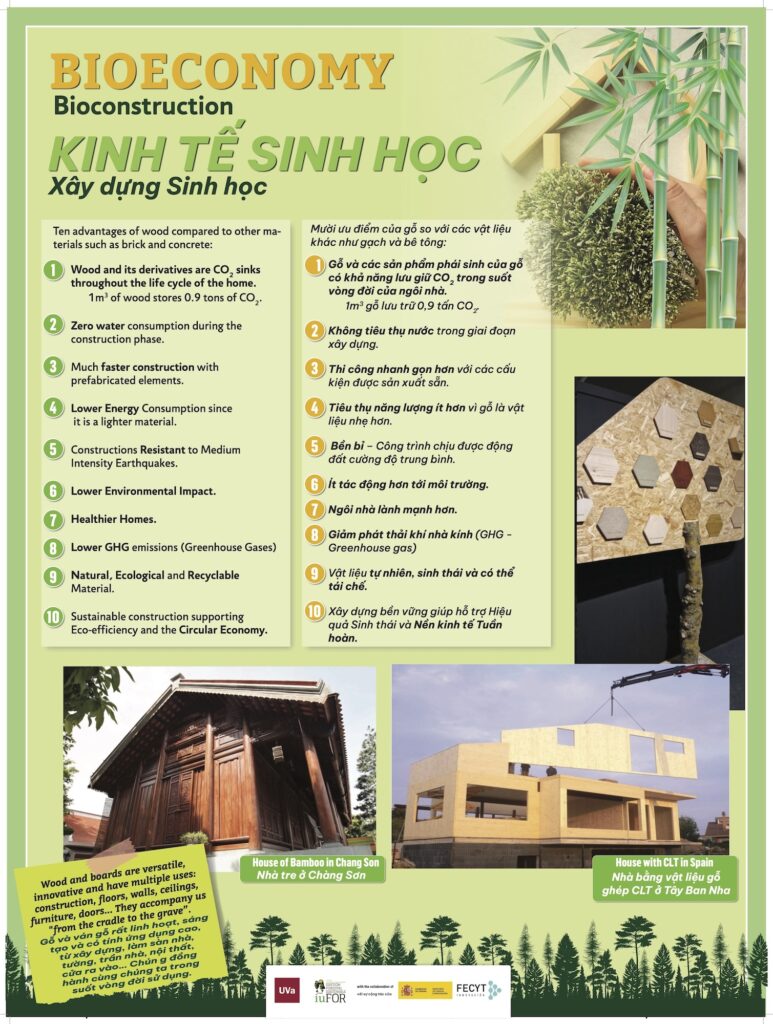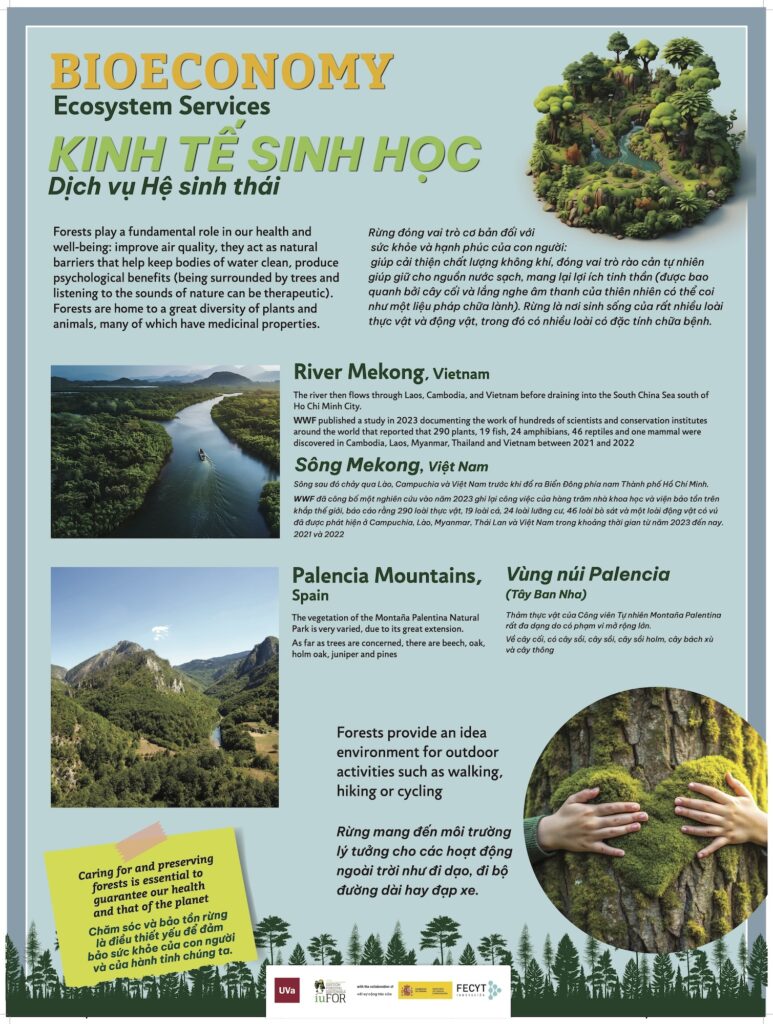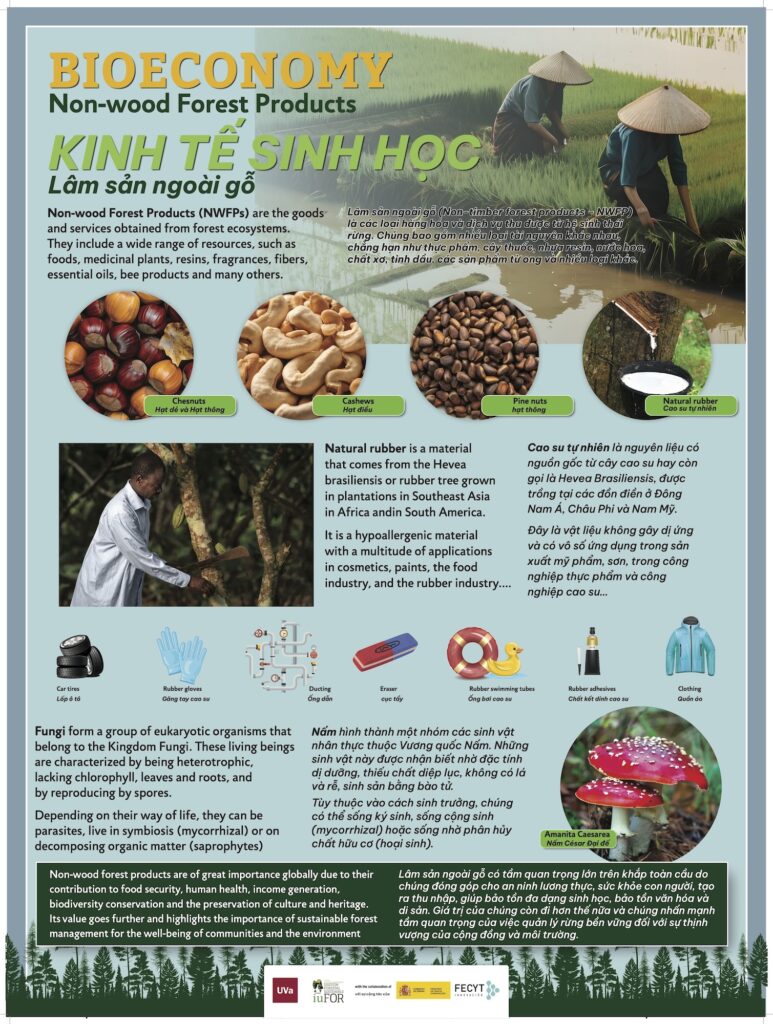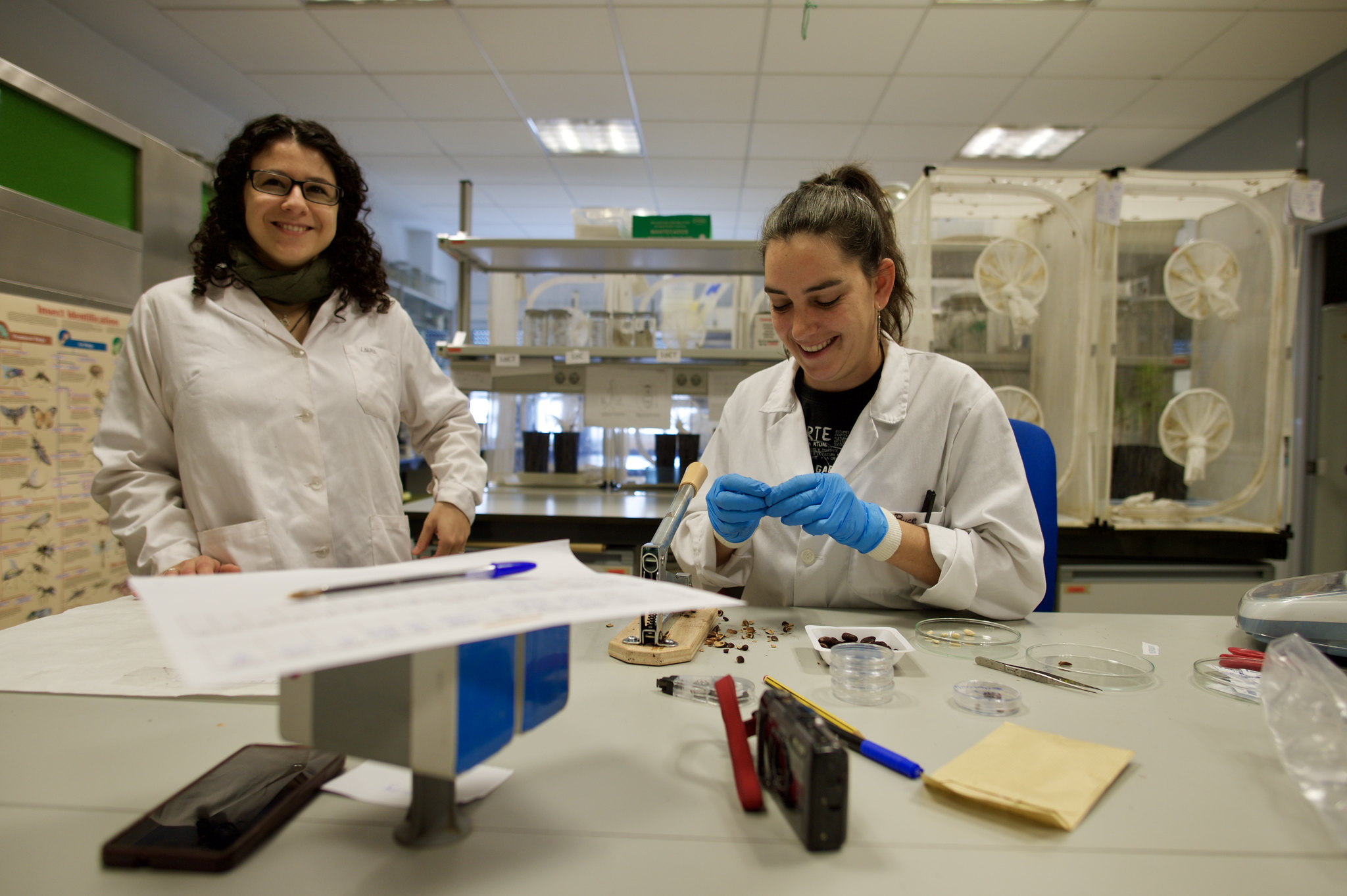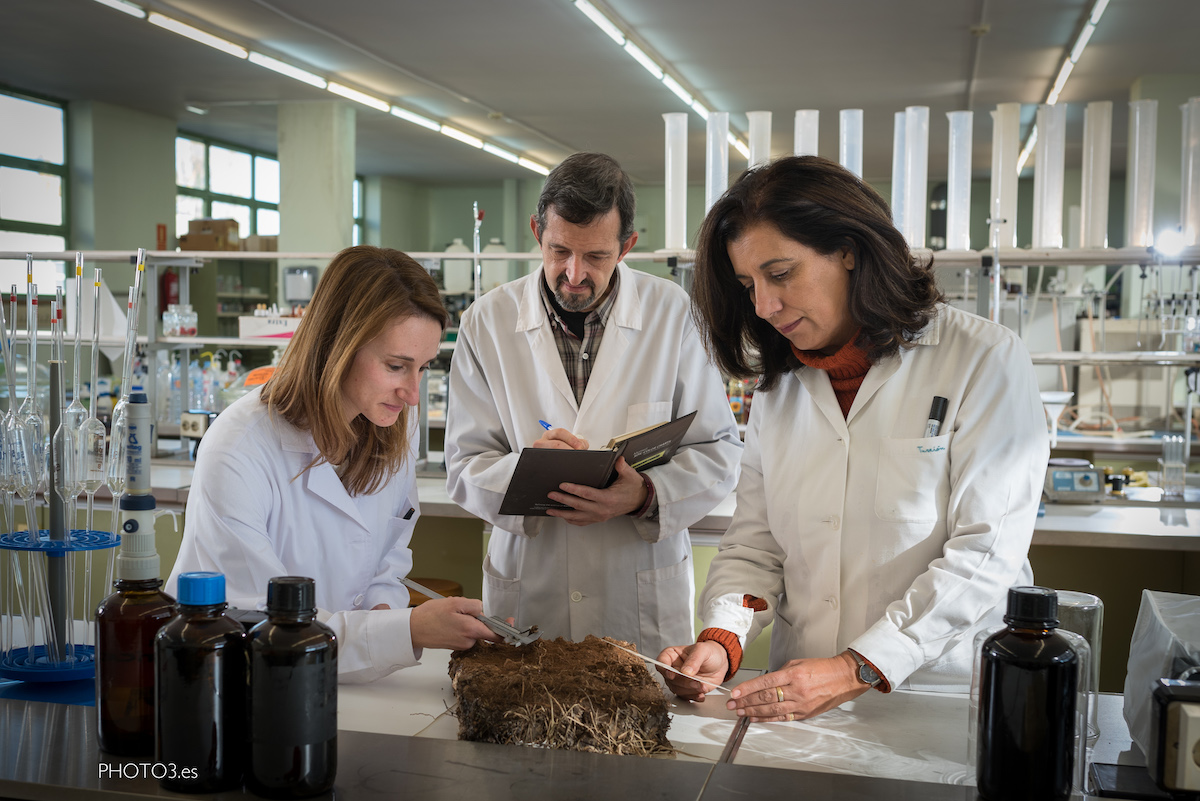a) 21st Century: The Century of Wood
The history of Humanity has been linked since prehistory with this fantastic natural and renewable resource. Wood has been a strategic resource in all civilizations, key to their growth and expansion by sea, land, and air. It has been present in countless milestones of humanity. Wood is inseparable from architecture, sculpture, painting, music, and many aspects of our well-being. It is said that the 21st century will be the century of wood. According to the World Bank, the world’s wood needs will be four times the current levels by 2050. In recent decades, research, innovation, and technological development have been enabling wood to be at the forefront as a construction material, even in skyscrapers, and in multiple cutting-edge sectors such as the automotive industry, textiles, robotics, bioenergy, biorefineries, and more.
Forests are key allies against climate change due to their ability to store carbon, which is prolonged through the long life cycle of wood products. In the recent Climate Summit held in Madrid, emphasis was placed “on the role of forests as a strategic resource in addressing humanity’s main current challenges, especially climate change and the achievement of the Sustainable Development Goals.”
Technology and Wood: Methods of classifying a wooden beam using a testing machine and non-destructive methods such as ultrasound and vibrations to assess the quality of the wood “in situ.”
Feeling the Wood: Xylotheque. Samples of wood from different species with varying textures, colors from white to black, different hardness and density, some with intense odors (activities directed at different senses). Each sample will be engraved using a laser-cut printer.
Technological Boards: Samples of wood-derived boards with different textures and compositions. A panel on the various physical-mechanical properties and applications of the boards.
Bioconstruction: Wood and its derivatives are the foundation of bioconstruction and the most energy-efficient form of construction. They are renewable, recyclable, insulating, earthquake-resistant materials, allow for rapid construction, and minimize the need for water.
Model of a House: A model featuring a lightweight wooden framework, disassemblable with indications of the carbon footprint of each wood product; beams, walls, roof, windows, floors, doors, furniture… Supported by examples of sustainable construction in rural areas and in the restoration of buildings in cities.
b) Discover Other Wonderful Products That Forests Provide Us
For Children Under 12 Years Old:
•Boxes with an opening to insert the hand and touch what is inside (pine cones, bark, sawdust, chips, nuts, hazelnuts, mushrooms, resin…).
•Large wooden tangram.
For the Not So Young:
•During the COVID-19 health crisis and the great snowstorm of January 2021, the first product to run out in supermarkets was toilet paper.
•Display featuring this and other diverse and innovative products, such as:
•Agglomerated cork for construction, decoration, and games.
•Crushed bark for gardening and landscaping.
•Collection of biomass samples from various lignocellulosic materials (straw, olive pits, residues from food industries, etc.).
•Biodiesel and gaseous biofuels of forest origin.
•Innovation in thermal energy sources is advancing hand in hand with environmental, economic, and social sustainability. The sustainable use of forest biomass can promote rural development, prevent large fires, and save energy spent on importing it from distant places.
•In 2019, the paper, pulp, wood, and furniture sector generated 140,816 direct jobs in Spain.
Panel on Pellet Manufacturing:
•The production process indicating the carbon footprint, social impact in the rural environment, and the circular economy.
Mushrooms:
•Easily identifiable resin mushrooms.
•Mycological-based products such as dehydrated mushrooms, canned mushrooms, mushroom flours… serving as examples of resources whose valorization can impact rural development, fire prevention, and forest conservation.
Resin:
•What is it, what does it serve the tree, and what does it serve us?
•Photos of resin extraction using current methods.
•To see and touch: rosin for string instrument bows, rosin figures, oil paintings dissolved with turpentine…
•In the traditional varnish of the best violins, both rosin and turpentine are involved.

